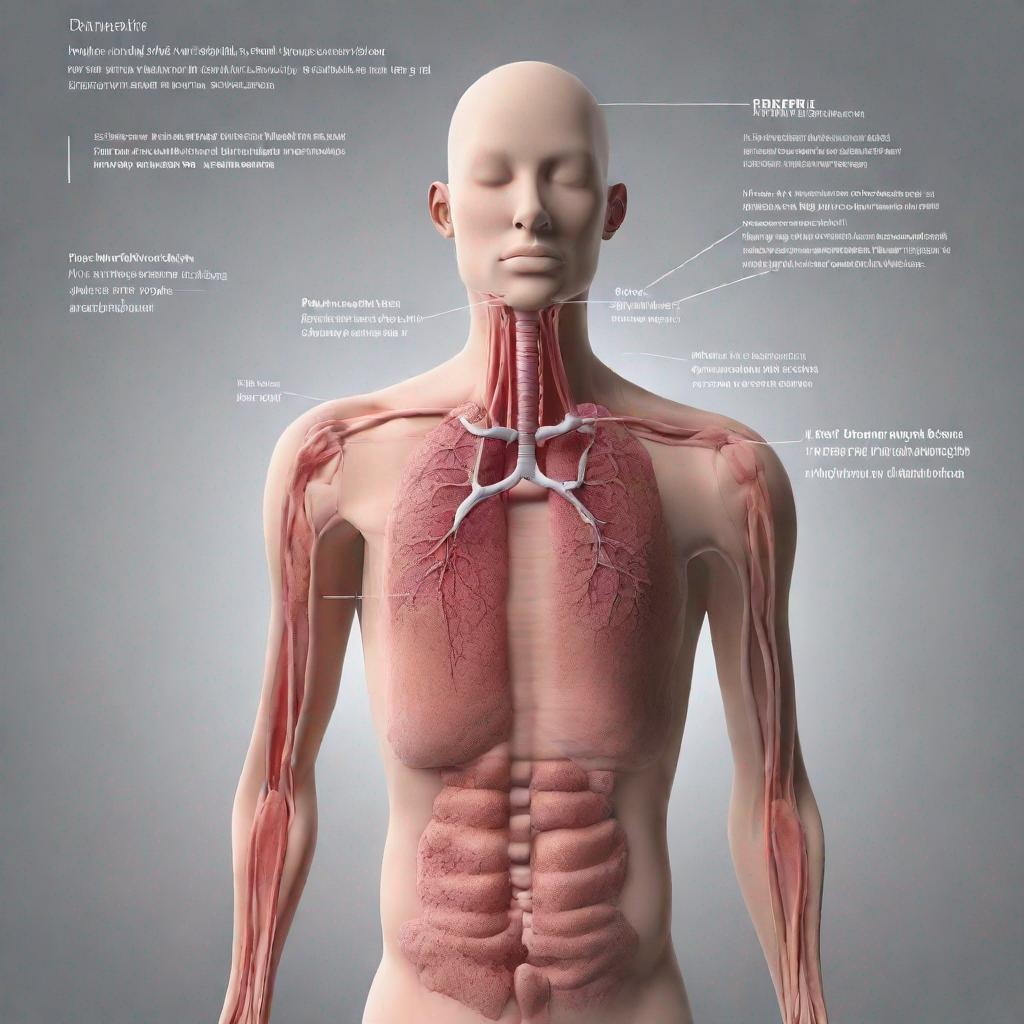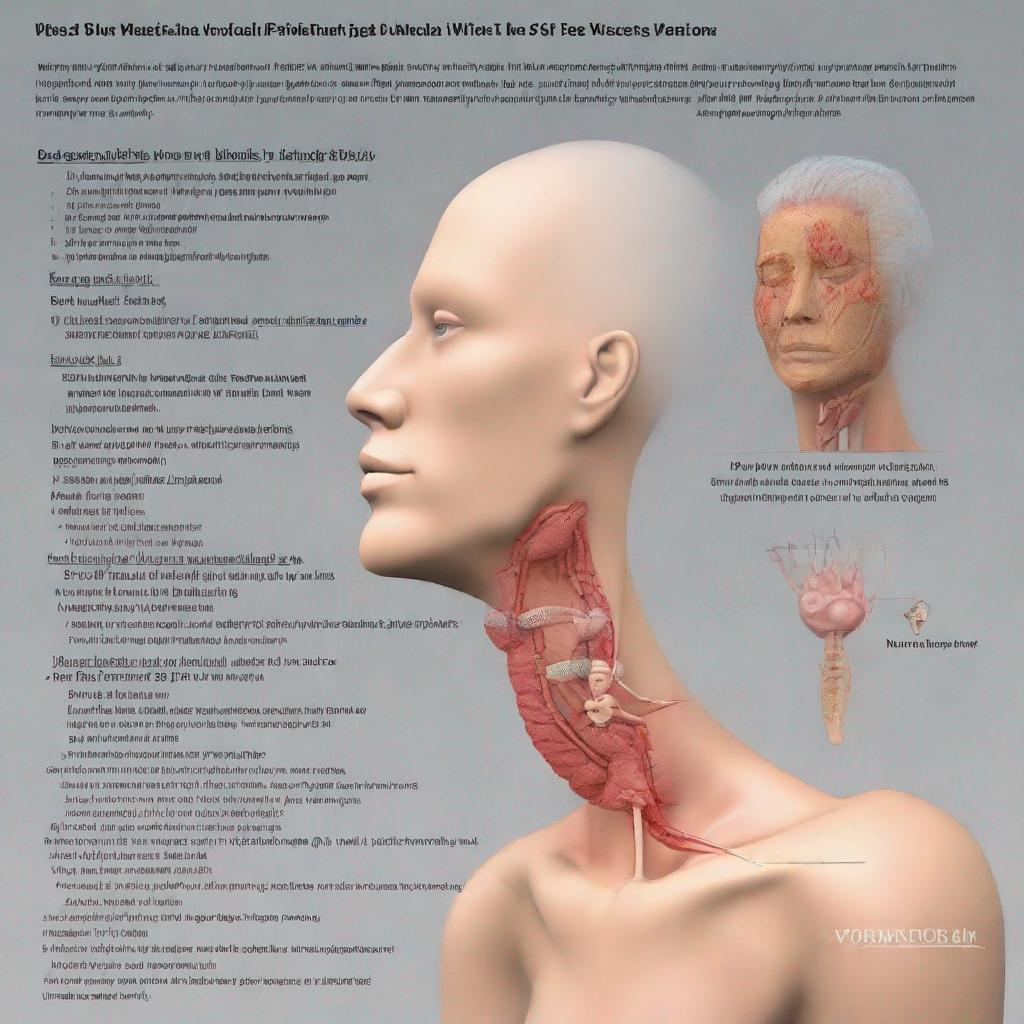Digital Rectal Examination: A Comprehensive Overview
Introduction
Digital rectal examination (DRE) is a medical test performed to assess the health of the rectum, prostate gland, and other surrounding structures. This simple yet informative procedure provides valuable insights into potential underlying medical conditions, making it an important part of routine physical exams.
Procedure
A DRE is typically performed by a doctor, usually a primary care physician, urologist, or gastroenterologist. During the examination:
- The patient is asked to lie on their side with their knees drawn towards their chest.
- The doctor lubricates their finger with petroleum jelly or a water-based gel.
- The doctor gently inserts their lubricated finger into the patient’s rectum through the anus.
- The doctor palpates the rectal wall, prostate gland, and other structures to assess their size, shape, and texture.
- The doctor may also perform a DRE to check for signs of hemorrhoids, fissures, or other abnormalities.
Diagnosis
A DRE can help diagnose various conditions, including:
- Prostate cancer: DRE is used to check for abnormalities in the prostate’s size, shape, or texture, which could indicate cancer.
- Hemorrhoids: DRE can detect hemorrhoids, which are swollen veins in the anus or rectum.
- Rectal fissures: DRE can identify rectal fissures, which are small tears in the lining of the anus.
- Rectal prolapse: DRE can assess for rectal prolapse, where the rectum protrudes out of the anus.
- Other conditions: DRE can detect other conditions such as anal warts, abscesses, or impacted stool.
Importance
DRE is an important test for several reasons:
- It can help diagnose and detect prostate cancer, which is the most common cancer in men.
- It can identify other conditions, such as hemorrhoids and rectal fissures, which can cause discomfort and pain.
- DRE can also help evaluate the overall health of the rectum and surrounding tissues.
Alternatives
There are alternative tests and procedures that can provide similar information to a DRE, such as:
- Transrectal ultrasound (TRUS): Uses a probe inserted into the rectum to create images of the prostate gland.
- Prostate biopsy: Involves taking samples of prostate tissue for further examination under a microscope.
Preparation
Before a DRE, patients should:
- Empty their bladder.
- Bring a towel or drape to cover themselves after the exam.
- Relax and take deep breaths during the procedure.
Duration
A DRE typically takes only a few minutes. Patients usually wait for the results immediately after the test.
Recommendations
Following a DRE, patients may be recommended to undergo additional tests or procedures, such as:
- Prostate-specific antigen (PSA) test: A blood test that measures PSA levels, which can indicate prostate problems.
- Colonoscopy: A procedure that examines the entire colon and rectum using a flexible, lighted tube with a camera.
A DRE is a safe, quick, and informative test that plays a crucial role in detecting and diagnosing various conditions of the rectum and prostate. Regular DREs, along with other recommended screening tests, are essential for maintaining good overall health.




